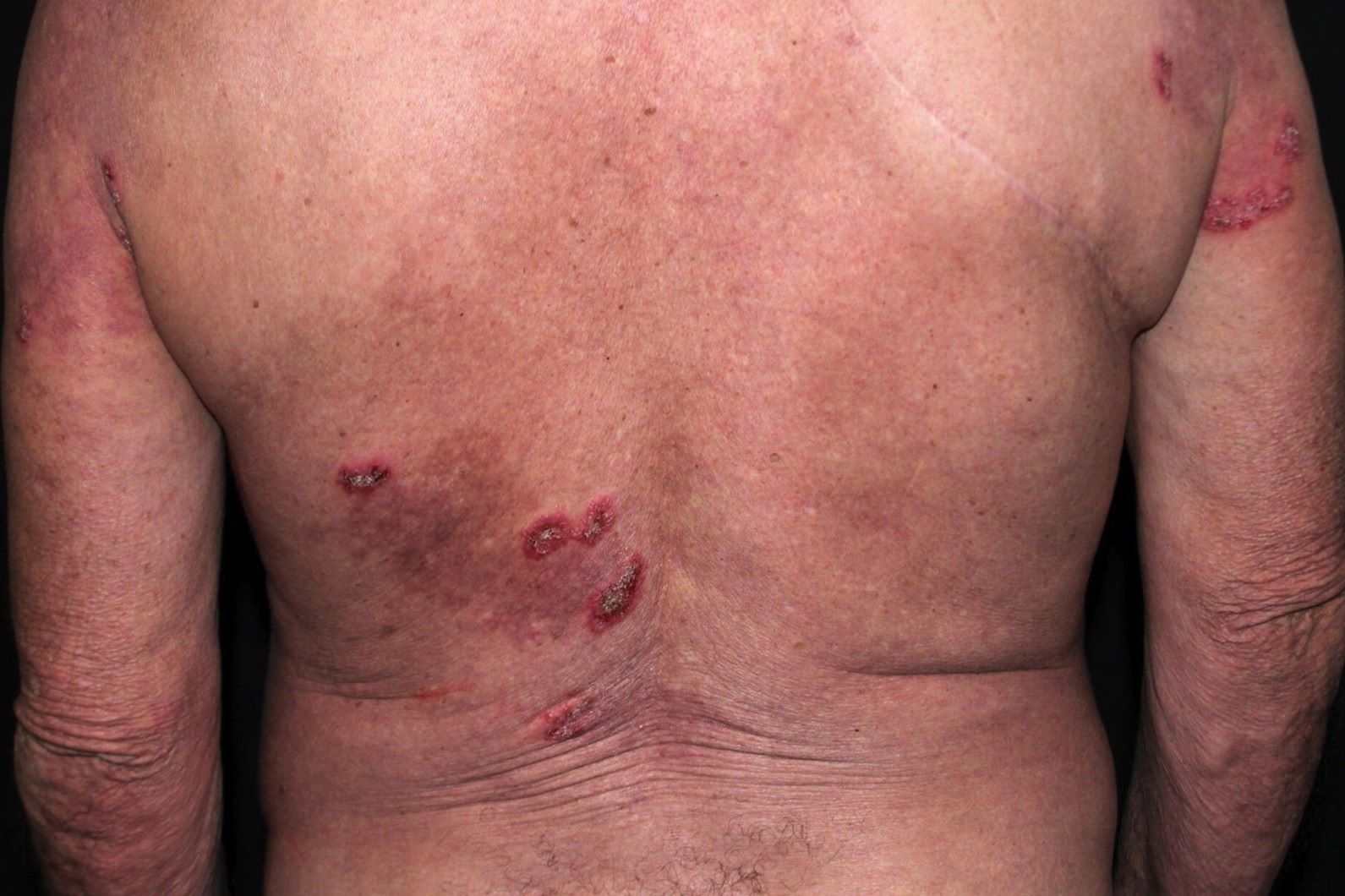
Thomsen's Disease, also known as congenital myotonia, is a rare genetic disorder affecting muscle function. Ever wondered why some muscles stiffen after movement? Thomsen's Disease might be the answer. This condition, first described by Asmus Julius Thomsen in the 19th century, causes muscles to relax slowly after contracting. Imagine trying to open your hand after gripping something tightly, but your fingers just won't cooperate. That's what living with Thomsen's Disease feels like. It's caused by mutations in the CLCN1 gene, which affects chloride channels in muscle cells. This disorder is inherited in an autosomal dominant pattern, meaning only one copy of the altered gene is enough to cause the condition. Curious to learn more? Let's dive into 30 intriguing facts about Thomsen's Disease.
Key Takeaways:
- Thomsen's Disease causes muscle stiffness and difficulty moving due to a genetic mutation. Early diagnosis and treatments like physical therapy and medication can help manage symptoms and improve quality of life.
- Understanding Thomsen's Disease symptoms and triggers, such as cold temperatures and stress, can help individuals adapt daily activities. Support groups and regular follow-ups with healthcare providers are essential for managing the condition.
What is Thomsen's Disease?
Thomsen's Disease, also known as congenital myotonia, is a rare genetic disorder affecting muscle function. It causes muscles to relax slowly after contracting, leading to stiffness and difficulty moving. Let's dive into some fascinating facts about this condition.
-
Thomsen's Disease is named after Asmus Julius Thomsen, a Danish physician who first described the condition in 1876.
-
This disorder is inherited in an autosomal dominant manner, meaning only one copy of the mutated gene is needed for a person to be affected.
-
The gene responsible for Thomsen's Disease is called CLCN1, which encodes a protein essential for muscle function.
-
Symptoms of Thomsen's Disease often appear in early childhood but can also manifest later in life.
-
Muscle stiffness in Thomsen's Disease is usually more pronounced after periods of rest and improves with repeated movements.
-
The condition affects both males and females equally.
-
Thomsen's Disease primarily impacts skeletal muscles, which are responsible for voluntary movements.
-
People with Thomsen's Disease often experience difficulty with activities requiring quick muscle relaxation, such as running or climbing stairs.
-
Muscle stiffness can be triggered by cold temperatures, stress, or sudden movements.
-
Despite the muscle stiffness, individuals with Thomsen's Disease typically have normal muscle strength.
Symptoms and Diagnosis
Understanding the symptoms and how Thomsen's Disease is diagnosed can help in managing the condition better. Here are some key points:
-
Muscle stiffness, or myotonia, is the hallmark symptom of Thomsen's Disease.
-
Myotonia can affect various muscle groups, including those in the arms, legs, and face.
-
People with Thomsen's Disease may have a characteristic "myotonic smile," where the facial muscles remain contracted longer than usual.
-
Muscle hypertrophy, or increased muscle size, is common in individuals with Thomsen's Disease, giving them a muscular appearance.
-
Electromyography (EMG) is a diagnostic test used to detect abnormal electrical activity in muscles, helping to confirm the presence of myotonia.
-
Genetic testing can identify mutations in the CLCN1 gene, providing a definitive diagnosis.
-
Thomsen's Disease can sometimes be misdiagnosed as other neuromuscular disorders, making accurate diagnosis crucial.
-
Family history plays a significant role in diagnosing Thomsen's Disease, as it is an inherited condition.
-
Muscle biopsy, although not always necessary, can show characteristic changes in muscle fibers associated with myotonia.
-
Early diagnosis and intervention can help manage symptoms and improve quality of life for those affected.
Treatment and Management
While there is no cure for Thomsen's Disease, various treatments and management strategies can help alleviate symptoms. Here are some options:
-
Physical therapy can help improve muscle flexibility and reduce stiffness.
-
Regular exercise, particularly low-impact activities like swimming or cycling, can help maintain muscle function.
-
Medications such as mexiletine or carbamazepine can be prescribed to reduce myotonia.
-
Avoiding triggers like cold temperatures and stress can help minimize muscle stiffness.
-
Stretching exercises can be beneficial in preventing muscle tightness.
-
Occupational therapy can assist individuals in adapting daily activities to their condition.
-
Wearing warm clothing in cold weather can help prevent muscle stiffness.
-
Some people find relief from myotonia through massage or other forms of muscle relaxation techniques.
-
Support groups and counseling can provide emotional support and practical advice for managing the condition.
-
Regular follow-ups with a healthcare provider are essential to monitor the condition and adjust treatment as needed.
Final Thoughts on Thomsen's Disease
Thomsen's Disease, also known as congenital myotonia, is a rare genetic disorder that affects muscle function. People with this condition experience muscle stiffness, especially after periods of rest. This stiffness can make everyday activities challenging but doesn't usually shorten life expectancy. Genetic mutations in the CLCN1 gene cause this condition, leading to faulty chloride channels in muscle cells.
Symptoms often appear in childhood and can vary in severity. While there's no cure, treatments like physical therapy, medication, and lifestyle changes can help manage symptoms. Understanding this condition better can lead to improved support and care for those affected.
Raising awareness about Thomsen's Disease is crucial for early diagnosis and better management. If you or someone you know shows signs of muscle stiffness, consult a healthcare professional for advice and possible genetic testing.
Frequently Asked Questions
Was this page helpful?
Our commitment to delivering trustworthy and engaging content is at the heart of what we do. Each fact on our site is contributed by real users like you, bringing a wealth of diverse insights and information. To ensure the highest standards of accuracy and reliability, our dedicated editors meticulously review each submission. This process guarantees that the facts we share are not only fascinating but also credible. Trust in our commitment to quality and authenticity as you explore and learn with us.
